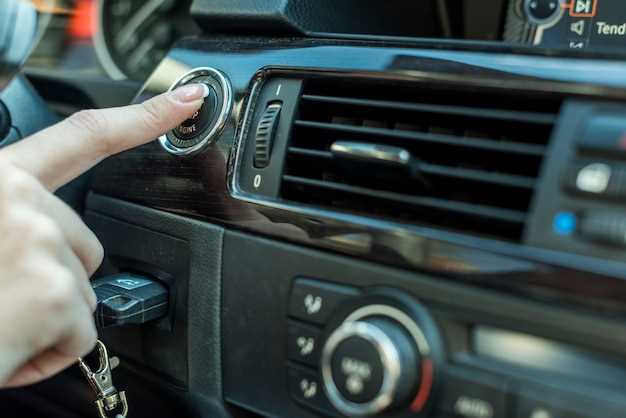
Proper maintenance of your Toyota air conditioning system is essential for ensuring optimal performance and comfort during hot weather. A well-functioning AC system not only keeps the interior of your vehicle cool but also enhances air quality and reduces humidity. Neglecting air conditioning maintenance can lead to decreased efficiency, unpleasant odors, and even costly repairs.
Regular maintenance should include checking refrigerant levels, inspecting the compressor, and ensuring that all components are clean and free from debris. Over time, dust and contaminants can build up, affecting the overall functionality of your Toyota‘s AC system. By staying proactive with these tasks, you can prevent minor issues from escalating into major problems that may require extensive repairs.
In addition to routine checks, it’s advisable to follow the manufacturer’s recommendations for servicing your air conditioning system. This often includes replacing the cabin air filter at regular intervals to maintain a clean and comfortable environment inside your vehicle. Keeping your Toyota’s air conditioning in top condition not only enhances your driving experience but also extends the lifespan of the system.
Inspect and Replace Cabin Air Filter Regularly

The cabin air filter plays a crucial role in maintaining the comfort and air quality of your Toyota’s interior. This filter prevents dust, pollen, and other pollutants from entering the cabin, ensuring that the air you breathe while using the a/c is clean and fresh.
Regular inspection and replacement of the cabin air filter are vital for optimal a/c performance. Over time, the filter can become clogged with debris, reducing airflow and putting additional strain on the a/c system. This can lead to inefficient cooling and increased energy consumption.
Automakers generally recommend checking the cabin air filter every 15,000 to 30,000 miles, but you may need to inspect it more frequently if you drive in dusty or polluted environments. During the inspection, look for signs of dirt accumulation or damage to the filter.
If the filter appears dirty or has been in use for an extended period, it is essential to replace it with a new one designed for your specific Toyota model. This simple maintenance task can enhance the efficiency of your a/c and prolong its lifespan, ensuring you enjoy a comfortable ride regardless of the weather.
Check Refrigerant Levels and System Efficiency
To ensure that your Toyota’s A/C system operates at peak performance, it is essential to regularly check the refrigerant levels. A proper balance of refrigerant is crucial for the efficiency of the air conditioning system. Low refrigerant levels can lead to diminished cooling capacity, increased strain on the A/C components, and ultimately, more significant repairs.
Begin by locating the service ports on your vehicle’s A/C system. The low-pressure service port is typically found on the larger refrigerant line. Use a manifold gauge set to measure the pressure levels, which will indicate whether the refrigerant is low or within the normal range. If you find low refrigerant, it’s advisable to locate the source of any leaks before recharging the system.
Additionally, while checking refrigerant levels, also assess the overall efficiency of your A/C system. This includes examining the condenser and evaporator for blockages or dirt accumulation, inspecting all hoses and connections, and ensuring the compressor is functioning correctly. Regular checks can help catch potential issues before they escalate and keep your Toyota’s A/C running smoothly.
Maintaining adequate refrigerant levels and system efficiency not only enhances comfort but also prolongs the life of the A/C system in your Toyota. Consider scheduling a professional inspection if you are unsure about performing these checks yourself.
Clean and Service A/C Components Annually

Regular maintenance of your Toyota’s air conditioning system is crucial for optimal performance. One of the most important steps in this process is to clean and service A/C components annually. This proactive approach helps prevent issues that can arise from dirt and debris buildup.
Start by inspecting the air filter located within the A/C system. A clogged filter can restrict airflow, leading to reduced efficiency and increased strain on the entire system. Replacing this filter annually ensures that the system operates smoothly and provides maximum cooling.
Additionally, check the evaporator and condenser coils for dirt accumulation. These components play a vital role in the heat exchange process of the A/C system. Cleaning them enhances their efficiency, allowing your Toyota to cool down quickly. Use a non-corrosive cleaner specifically designed for automotive A/C components to avoid damage.
Don’t forget to inspect the refrigerant levels as well. Low refrigerant can indicate a leak, which requires immediate attention. An annual service should include a check of the refrigerant charge to ensure it is within the manufacturer’s specifications.
Lastly, having a qualified technician perform a thorough inspection and servicing can help identify potential problems early on. Regularly scheduled maintenance not only improves performance but also prolongs the lifespan of your Toyota’s A/C system.
